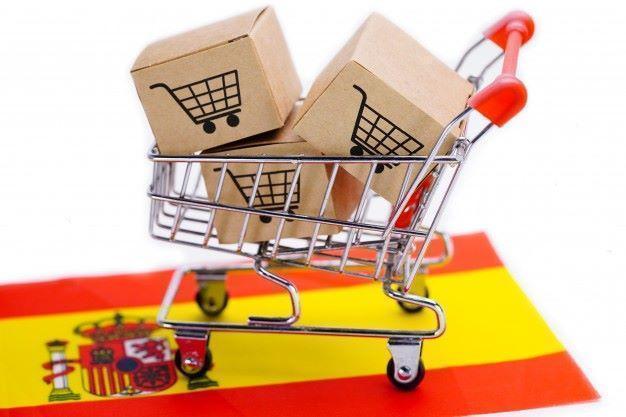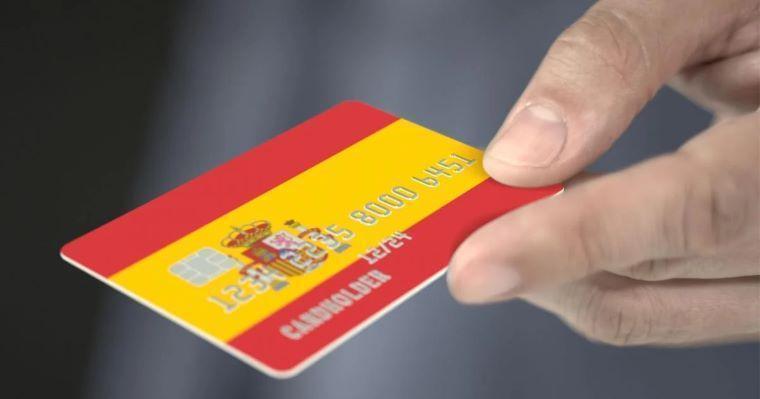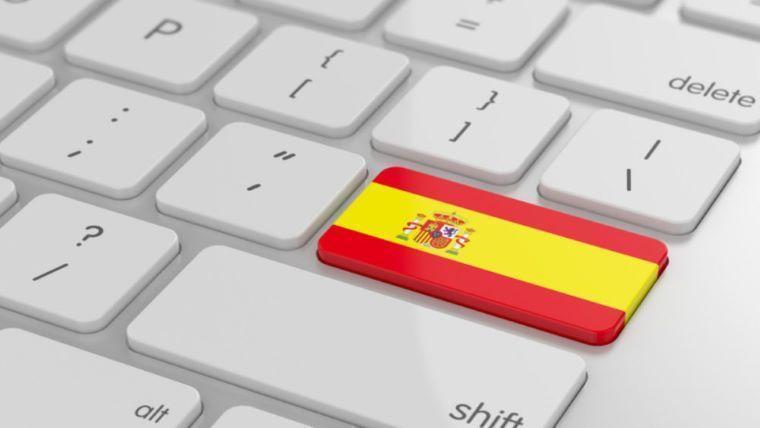Spanish eCommerce Overview: Key Trends, Challenges & Opportunities

With a population of over 46 million people and a highly connected society, Spain boasts one of the largest economies in Europe. In recent years, the country has been experiencing a significant shift towards online shopping, driven by factors such as increased internet penetration, changing consumer preferences, and the COVID-19 pandemic.
As a result, the Spanish eCommerce market is booming and is expected to continue its upward trajectory in the coming years, offering both challenges and opportunities for companies. In this article, we will provide an overview of the key aspects businesses should be aware of when it comes to Spain’s eCommerce industry and share valuable insights about navigating this dynamic sector.
What Is the State of eCommerce in Spain Nowadays?

With this in mind, it comes as no surprise that the Spanish eCommerce industry share expanded from 7.8% in 2019 (equivalent to around €24 billion) to 10.9% in 2021 (approximately €33 billion). This quick growth is mostly attributed to the impact of recent global events, such as the COVID-19 outbreak, which hastened the adoption of digital channels by shoppers.
Even though there was a strong trend toward online commerce even before the pandemic, the lockdowns and health safety measures implemented in Spain accelerated many changes in consumer behavior. As a result, local customers nowadays place a high value on authenticity and diversity in their shopping experiences and expect them to be increasingly personalized.
What Are the Preferred Payment Methods in Spain?

Most business owners know that offering a wide range of payments relevant to local consumers is one of the main components of a business’s success.
In Spain, the primary method for conducting online purchases is payment cards (50.9%), followed by e-wallets (20.2%) and bank transfers (17.5%). However, when it comes to digital wallets, merchants interested in entering the Spanish market should take note of the transaction fees and a higher risk of failed payments due to the country's strict fraud barriers.
Among younger Spanish consumers, BNPL options like Clearpay and Klarna have achieved massive popularity.
Bank transfers are also expected to keep gaining traction, with brands like Trustly and MyBank already established in the market. Besides, Bizum, a mobile payment service marketed by 31 banks, has become especially popular during the pandemic and is continuing its upward trend.
Top 3 Trends & Business Opportunities in Spanish eCommerce

As you can see, the Spanish eCommerce landscape is currently experiencing its golden age and is full of opportunities for online businesses. Here are some of the key trends it’s advisable to tap into:
1. Social Commerce
Social commerce is rapidly gaining popularity in Spain. This is mainly because Spain is one of the largest social media markets in Western Europe, having over 40 million social network users in 2022. Moreover, this figure is forecast to grow by approximately 5 million already by 2027.
Platforms like Instagram, TikTok, and Facebook are widely used across the country for social interactions, shopping inspiration, and product discovery. Besides, these platforms have introduced features that make it easier for merchants to sell products directly to consumers, which has made social commerce more accessible and appealing to Spanish businesses of all sizes.
Furthermore, influencer marketing is a powerful social commerce tool in Spain, with many consumers trusting the opinions and recommendations of users with a large following on social media platforms.
Thus, online businesses can effectively use social media to connect with potential customers who might not have found them through traditional marketing channels and significantly expand their client bases.
2. Cross-Border eCommerce
The thriving Spanish eСommerce sector presents a significant opportunity for online retailers seeking to expand their business in the region.
It is also worth noting that out of the purchases initiated from Spain with destinations in foreign locations, 87% were conducted within the European Union, followed by the UK (7.2%).
Interestingly, China-based AliExpress is also one of the most popular shopping platforms in Spain, likely because local consumers are price-conscious and tend to seek budget-friendly offerings on online marketplaces.
Alibaba, the mother company of AliExpress, has recognized this trend and set up its first physical store in Europe in Spain in 2019, with an additional five locations opening since then. These actions, coupled with Alibaba's partnership with El Corte Ingles, one of the major department stores in the country, attest to the company's popularity and presence in Spain.
3. Sustainability
Spanish consumers are gradually becoming more informed about the environmental impact of their consumption habits, and this trend is evident in both offline and online shopping.
For instance, 50% of Spanish consumers engage in online buying and selling of second-hand products. Additionally, 53% of local shoppers are willing to opt for on-demand purchases to contribute toward green initiatives and minimize overproduction waste, despite longer delivery times.
Therefore, online businesses that prioritize sustainability and ethical practices are well-positioned to succeed in the Spanish market. This could include using environmentally-friendly materials, reducing waste and carbon emissions, and implementing fair labor conditions.
Major Challenges in Spanish eCommerce

While eCommerce in Spain has been flourishing in recent years and offers plenty of opportunities for business owners, there are several challenges you need to be aware of, namely:
- Language barrier. Ensure that you have a Spanish language option available on your site, app, and checkout page to streamline sales, as poor or non-existent translation remains a major obstacle to cross-border shopping for local clients.
- High competition. The Spanish eCommerce market is becoming increasingly crowded, with both local and international players vying for consumers' attention. To stand out, online businesses need to offer unique products, excellent customer service, and competitive prices.
- Lack of well-established delivery infrastructure. In 2021, 6 out of 10 Spanish online shoppers expected their orders to be delivered within 3-5 days. However, Spain has many remote and rural areas that can be difficult to reach, which can result in higher shipping costs and longer delivery times, particularly during peak periods like holidays or sales events.
Overall, eCommerce businesses in Spain face a range of challenges that require careful management and strategic planning. By addressing these issues and finding ways to differentiate your company from the competition, you can position it for success in this rapidly growing market.
Is It Worth Entering the Spanish eCommerce Market?

When considering entering the Spanish eCommerce market, there are several factors to take into account. For instance, the size of the market and its potential for scaling are significant due to a high internet penetration rate in the country and growing consumer demand for online shopping.
However, it's also essential to consider the existing local challenges, putting an extra emphasis on the increasing competition and ways of dealing with it.
All in all, it is safe to say that entering the Spanish eCommerce market can be a worthwhile opportunity for businesses seeking to expand their customer base and revenue streams. However, conducting thorough market research and developing a solid strategy before taking action will drastically enhance the chances of success.

